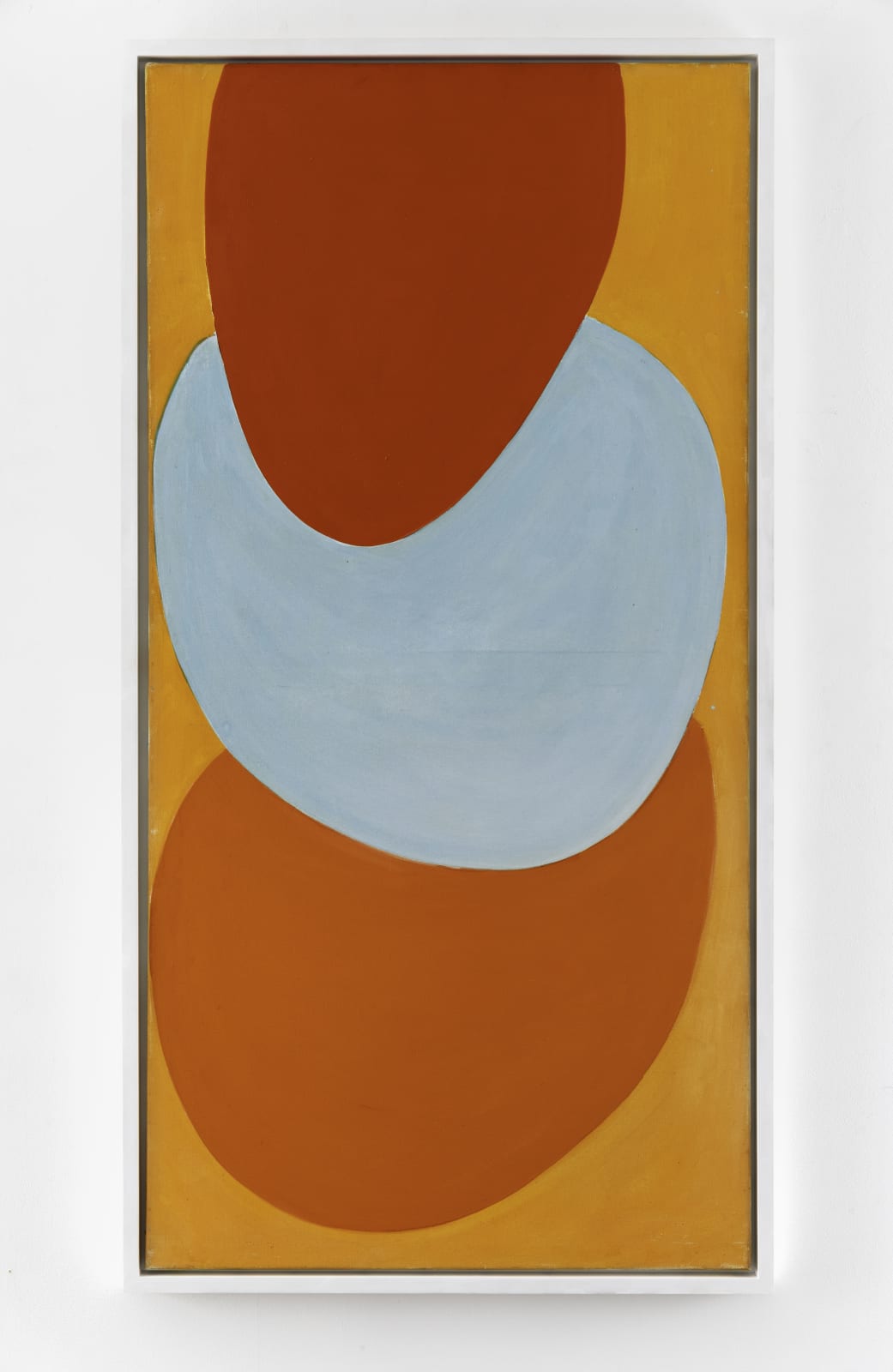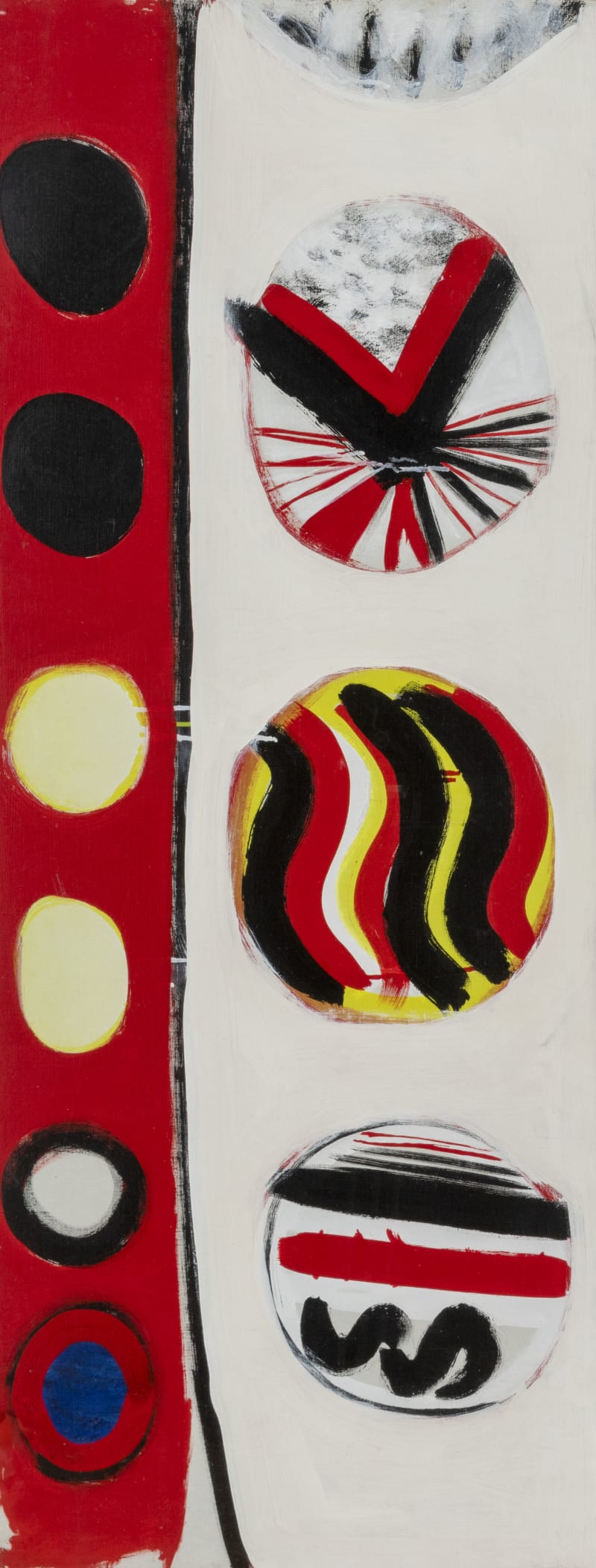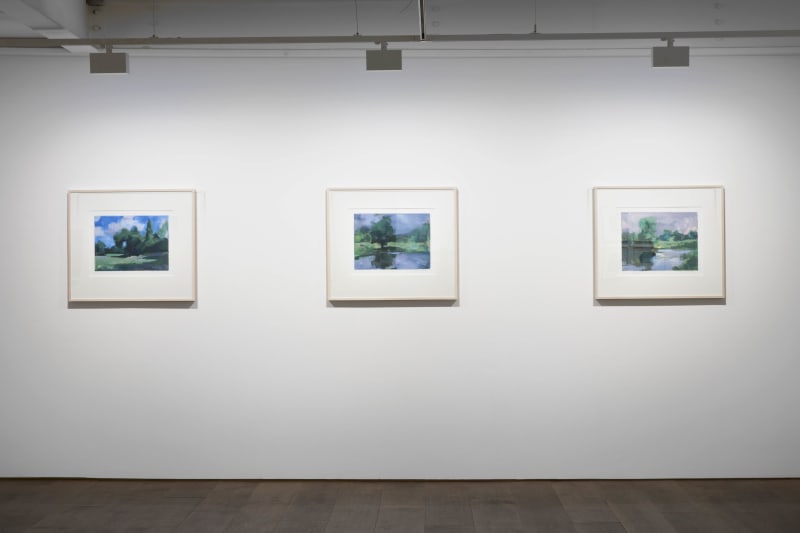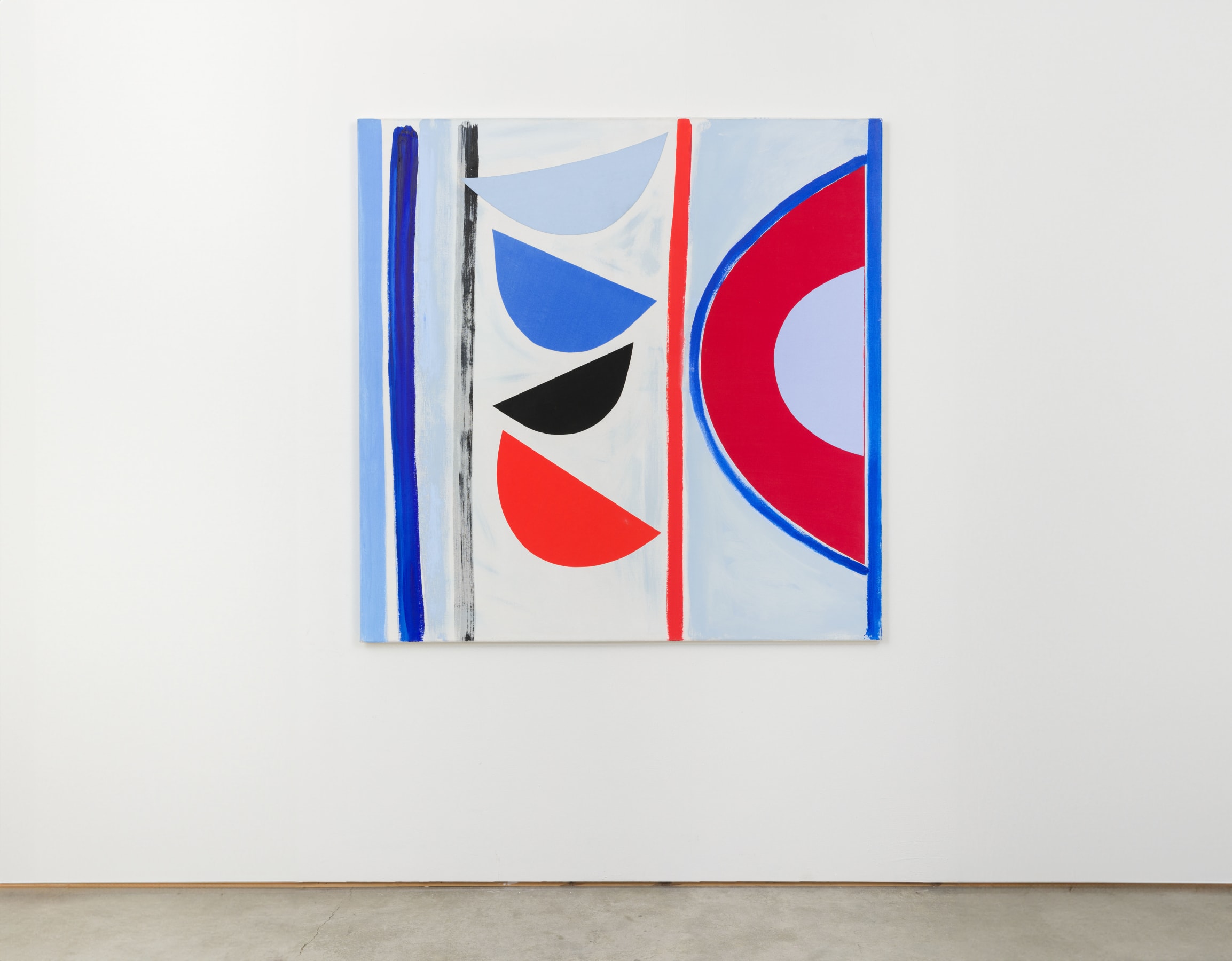
Terry Frost
Biography
SIR TERRY FROST (RA) (1915-2003)
Terry Frost is one of Britain's most significant artists, with a career spanning six decades. Part of the pioneering generation of British abstract artists associated with St Ives, Cornwall, during the 1950s, Frost is renowned for his poetic forms. Often with bright and exhilarating colours and shapes sparking off each other like electric charges, his work radiates energy outwards. Throughout his career, in addition to painting, he made mobiles and three-dimensional constructions alongside linocuts and etchings, with all media and formats inspiring the others.
Terence Ernst Manitou Frost was born in Leamington Spa, Warwickshire in 1915 and was raised by his grandmother. He left school at fourteen and worked odd jobs until World War Two. In the conflict, Frost served with the cavalry and the commandos until he was captured in 1941 in Crete, Greece by the German army. He spent four years as a German Prisoner of War in Stalag 383, a camp in Hohenfels, Bavaria. It was during his imprisonment that he first began to paint, inspired by fellow Prisoner of War and 20th century British painter Adrian Heath (1920-1992). With limited artistic materials, Frost had to use his creativity to improvise. He constructed an easel from old Red Cross boxes, made paintbrushes from shaving brushes, implemented blackout blinds as canvases and used sardine oil as a replacement for turpentine. In April 1945 prisoners including Frost were liberated.
After the war, Frost returned to England and studied at St Ives School of Art in 1946 under the founder Leonard Fuller (1891-1973). He continued his studies at Camberwell School of Art in London from 1947 until 1950 and was tutored by British artists Sir William Coldstream (1908-1987) and Victor Pasmore (1908-1998). In the 1950s, following his studies in London, he moved to St Ives. In this seaside Cornish town, Frost became part of a close group of British modernists working with abstraction, rising to prominence alongside Barbara Hepworth, Patrick Heron, Roger Hilton, Peter Lanyon, Ben Nicholson and Bryan Winter.
Frost's abstraction is based in the formal depiction of motion and gesture, creating his own energetic emblems and symbols of crescents, spirals and semi-circles, generally hanging or balanced in the composition. His paintings are not a reproduction or delineation of nature; he was interested in painting space, light and colour and the complex relationship between the three components in the world.
Frost's early paintings reflect upon the surrounding landscapes and scenes of the Cornish seaside and the Yorkshire countryside, two towns where the artist spent most of his life. He was influenced by boats floating by the harbor, sunlight glistening on the waves, or the bending landscape of the Yorkshire moors. Frost's colour palette was inspired by his surrounding world, such as the colour designs of trucks and cars seen whilst living in Banbury in the 1960s. His bold use of vivid colours can be traced back to his time as a prisoner, as Frost credited his imprisonment to his 'heightened perception' of the world, which motivated him to pursue an artistic career.
Frost was also a professor, teaching art at Bath Academy of Art, Leeds College of Art, and Reading University. The recipient of numerous accolades, including the John Moores Painting Prize in 1965, Frost became a Royal Academician in 1992 was knighted in 1998. He continued his practice until he died in 2003. Frost's work is represented in international art collections including Tate, London; the Victoria & Albert Museum, London; the Metropolitan Museum of Art, New York; and the Scottish National Gallery of Modern Art, Edinburgh.
Terry Frost's relationship with Flowers began in the 1950s when Adrian Flowers (1926-2016) photographed artists working in St Ives, including Denis Mitchell, Patrick Heron, Stanley Dorfman and Frost. A decades-long friendship with the Frost family ensued, with Angela Flowers (1932-2023) exhibiting Frost regularly from the 1980s. Flowers Gallery's most recent collaboration with Frost's work was on Expanding Colour: The Art of Terry Frost at the Daugavpils Mark Rothko Art Centre, Latvia, in 2020, an exhibition celebrating the connection and friendship between Frost and Rothko, who paid visits to each other both in Britain and the United States.
Selected works
Prints



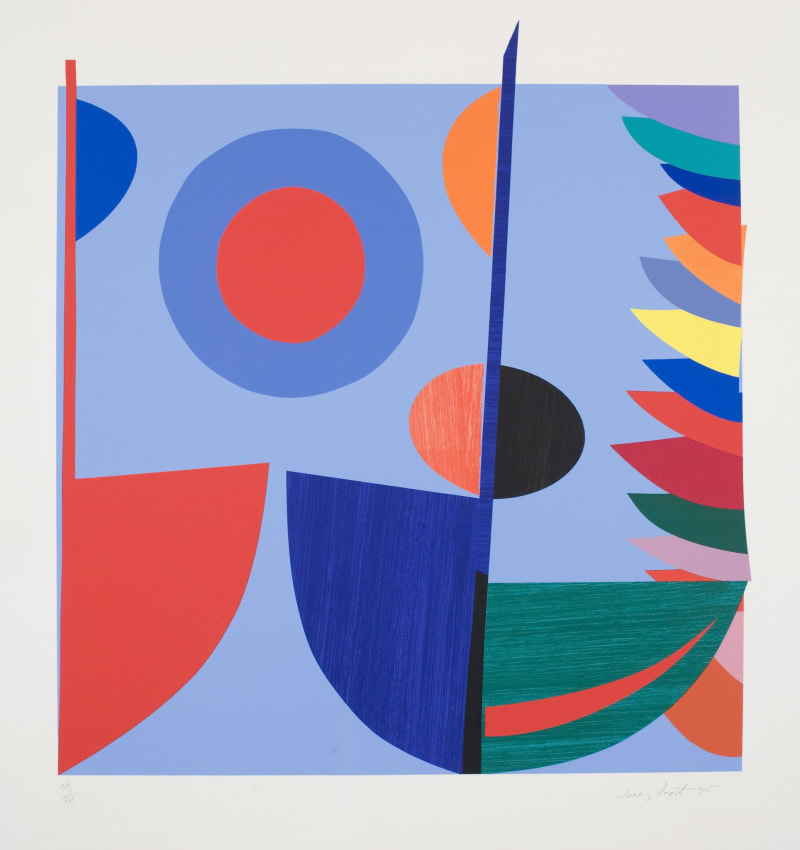

Exhibitions
News
